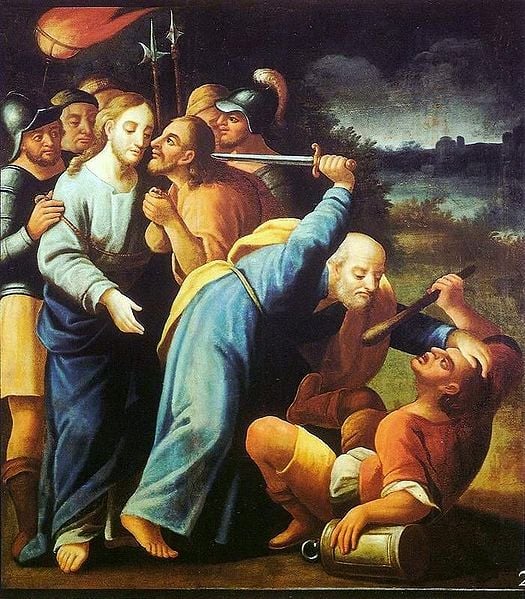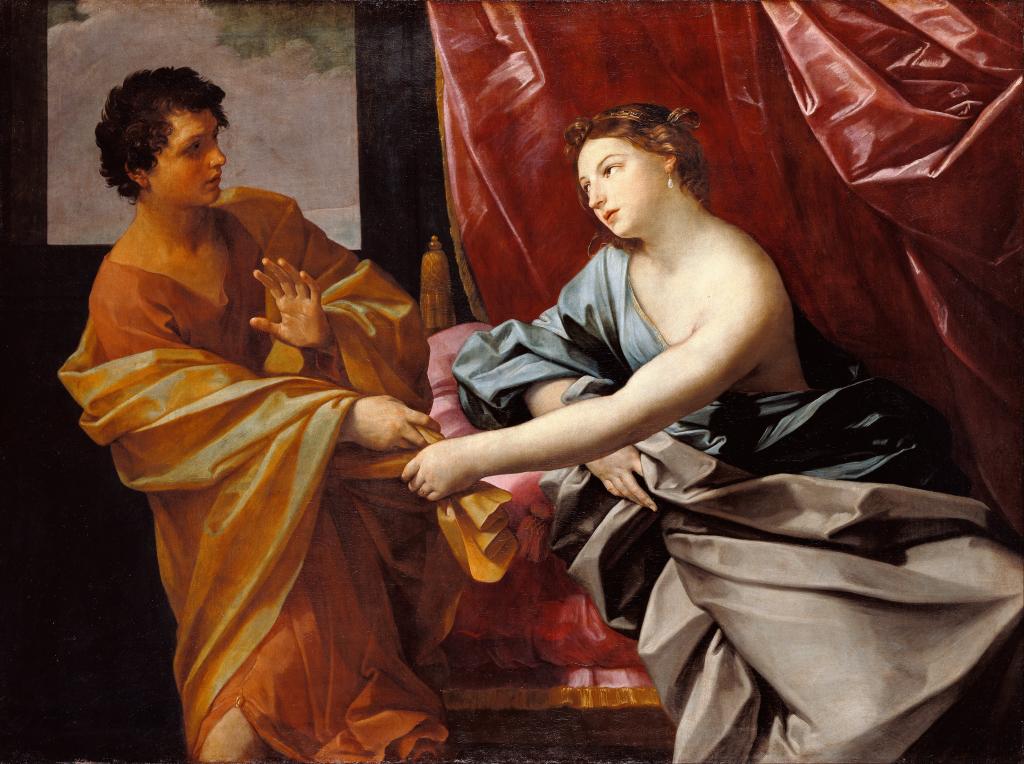A couple of weeks ago, I was at the Huntington Library looking at almanacs from the eighteenth and nineteenth centuries. Strangely, looking at them historically illuminated for me the category “nones” (people who affirm no particular religious tradition). I think of almanacs as the smart phones of an earlier era, or, more accurately, smart phones as the present-day, more interactive versions of the earlier almanacs. These old almanacs are a compact source of numerous layers of information. They give month-by-month charting of moon, sun, tide, and astrological movements; the best roads to reach major cities and towns; information on postal rates and college vacations (back when you could count the number of colleges on your fingers!); recipes for cures of common health problems in people and animals; historical essays on anything from ancient Babylon to Zachary Taylor; amusing ditties, often about marital problems; moralistic aphorisms about why obedience or hard work is necessary; and stories about strange phenomena, such as a mermaid who was found by a bunch of women and who lived out of waters profitably and apparently contentedly for a number of years before dying and being buried in a churchyard.
While these early almanacs communicate a vast array of useful, amusing, and edifying information, they also speak to the way Americans have lived simultaneously within what today we would classify as distinctly religious, scientific, and “traditional” worldviews. They are published snapshots of this eclecticism. Scholar David Hall has shown how apparently orthodox Calvinists like the Puritans lived comfortably within Reformed Protestant theology and older “World of Wonders” stories focused on surprising and inexplicable happenings—a six-month old baby talking as an adult, a ship sailing across the sky, the sudden appearance of a strange creature. As Samuel Brown has recently shown, one of the reasons that early Mormonism was so compelling to a critical mass of Americans was that Joseph Smith was able to combine and codify traditional, “folk” beliefs and magic with elements of Calvinist and Arminian Protestantism. Modern-day UFO and paranormal investigators are descendants of these earlier “folk” beliefs and carry on what historian of religion Catherine Albanese has named a distinctive metaphysical tradition within American history.
By noting the continuities and discontinuities between the Puritan “World of Wonders” beliefs and the History Channel’s “Ancient Aliens,” we get a good sense of how things have changed, but also stayed the same in this culture. Institutional religions have become the most powerful and authoritative religious voices in the U.S., as has been argued by historian Jon Butler. We think of the “good old days” of the colonial and early national period as being a time of great religious belief and activity, but much of this religious activity was taking place outside of the bounds of religious institutions. Over time denominations have increased in number, as has membership in religious denominations. Historically, until recently, Americans have become more institutionally religious, not less. In addition, since the nineteenth science has been self-consciously and increasingly separated from association with religious ideas and institutions to such an extent that, in public discourse and policy decisions, science and religion are presented as an antagonistic oil and water pairing.
And yet, I think the almanac/smart phone analogy can be useful to us as we try to get a better sense of how Americans actually live their religions in concert with what we see as non-religious aspects. We no longer have the mash-up of scientific, religious, entertainment, practical and folk information published in the widely read and very popular genre of almanac. Our culture-makers have separated out paranormal and cryptozoological stories from, say information on how best to grow crops, and have decided that these are elements of entertainment, not hard science or “real” information. But if we shift to the smart phone analogy, perhaps we see less discontinuity. Each person (who can afford such a device) is able to load it up with whatever combination of information he or she wants: map programs, weather apps, daily affirming quote generators, texts from the Bible, apps for their favorite channels where they can watch their favorite paranormal reality shows. They can create their own personal almanacs. The fact that this process has become more atomized and individualistic speaks to the larger processes of secularization in our society. It demonstrates how religion has become concentrated in institutions, families, and individuals. But it also shows that same phenomenon that we started with in the Puritan era: That humans live simultaneously and comfortably with contradictory ideas and worldviews. Those “nones” whose numbers have surged in recent years in the U.S. are nothing too new in our culture. Perhaps we simply now have a label for the kind of eclectic religious lives within which Americans have always quite comfortably lived.











